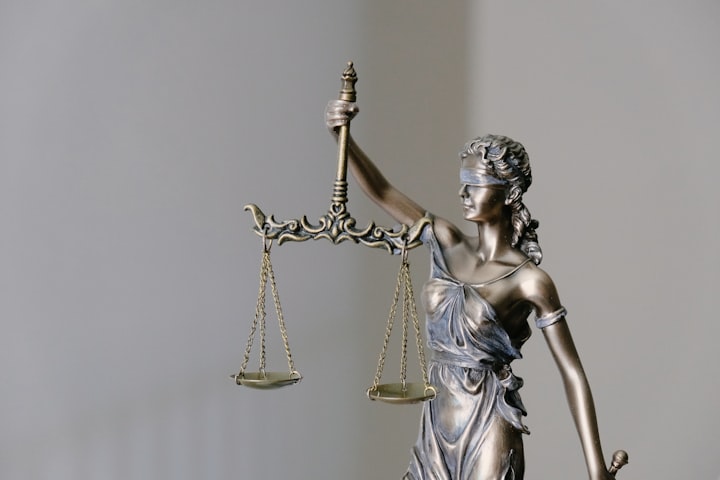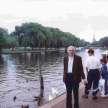His Name is Mudd
Conspirator in Lincoln Assassination

His Name is Mudd (1833-1883)
It would be difficult to get through our education system without running across Dr. Samuel A. Mudd, the 32 year old doctor who tended John Wilkes Booth's broken leg at 4:30 a.m. the morning after Booth shot President Lincoln at Ford's Theater. Booth broke his leg when he jumped from the balcony to the stage, shouting " Sic semper tyrannis! The South is avenged!" From the theater he met up with David Herold and together they rode some ten miles to Mary Saurratt's boarding house in what is now Clinton, Maryland where provisions and arms had been stored for him.
Mudd's farm near Bryantown, Maryland, was another thirteen miles ride across southern Maryland where more provisions and medical care were available. Mudd was known to Booth and had visited him in Bryantown and had been visited by him in Washington. Booth and Herold left Mudd's place the next day while Mudd was running errands in Bryantown where presumably he heard the news that Lincoln had died from a shot to the head.
Mudd waited two days before reporting the visit by Booth, and further dug his hole deeper by giving misleading information about Booth's direction of departure to troops tracking him. He also changed his story multiple times. They did catch him eleven days later in a barn at Garrett's farm near Port Royal, Virginia. Sergeant “Boston” Corbett, himself a strange piece of work and worthy of reading about, shot him through a crack in the wall of the burning barn when he refused to surrender and he died two hours later. His partner Herold surrendered. Mudd was arrested that same day.
He initially said that he had not recognized Booth and had never met him before. This was untrue. He had met Booth at least twice before. Further, he had to cut Booth's boot off to tend to the broken leg, had kept the boot and hidden it in his house, and the boot had " J Wilkes" written in it. But the biggest problem was his delay for two days in reporting to the authorities that Booth had come to him for medical attention.
Mudd was tried by a military tribunal along with Lewis Powell, George Atzerodt, David Herold, Michael OLaughlin, Edmund Spangler, Samuel Arnold and Mary Surratt. Of those, Powell, Atzerodt, Herold and Mary Saurrat were hanged at the Old Penitentiary at the Washington Arsenal (now Ft McNair) on July 7, 1865 for conspiracy to murder Lincoln. Mudd , OLaughlin, Spangler, and Herold were given jail sentences. Mudd missed hanging for conspiracy by only one vote, a vote that kept him off the gallows. Although it was apparent that Mudd knew of a plan to kidnap Lincoln, the decision to assassinate Lincoln was a last minute decision that Mudd was not a party to. So he only received a life sentence.
Mudd, Stangley, OLaughlin, and Herold were all imprisoned at Fort Jefferson on an island 70 miles West of Key West Florida in the Dry Tortugas. Mudd ended up a hero when he used his medical skills to get the prison staff and prisoners through a yellow fever outbreak, although fellow conspirator OLaughlin died from the fever. Guards and prison administrators whom he had helped wrote letters of commendation for him and recommended he be pardoned. His wife in the meantime had also been busily petitioning President Andrew Johnson for a pardon, and Johnson gave him a pardon right before Grant took office. Mudd was released in 1869, after serving only three and a half of his life sentence.
Mudd returned to his home in Maryland and lived a productive life until he died of pneumonia at age 49 and was buried at St Mary's Catholic Church in Bryantown. His home is on the National Registry of Historical places and is open to visitors. His family and subsequent heirs have consistently argued that he was an innocent victim, and in recent years Steny Hoyer, Maryland congressman, tried to get congress to overturn his conviction. Many books have examined the information available about his relationship with Booth, his actions regarding Booth and his guilt or innocence. And many arguments are made attesting to both. Passage of time tends to blur memories and facts.
However, a look at the circumstances, timeline, relationships and actions of those involved, all only a google away for the interested, leads to a conclusion that he was guilty as charged, and should have joined the other conspirators on the gallows. Yes, he rendered a commendable service during the yellow fever outbreak, but he also aided and abetted the murderer of a great president, who was needed to help rebuild the nation after the horror of the War Between the States. The impact of that assassination cannot be understated.
Had Mudd immediately reported Booth to the authorities, had he not lied about not recognizing him, had he not said that neither Booth nor Herold said a word about Booth's triumphant act, had he not hidden Booth's boot, had he not misdirected Booth’s trackers, or had he not denied ever meeting Booth, he would be a much more sympathetic character.
However, he would still be guilty and a candidate for the gallows. Instead he served only three and a half years of a life sentence. Those who commit treason against the United States, regardless of circumstance, deserve no sympathy.
About the Creator
Cleve Taylor
Published author of three books: Ricky Pardue US Marshal, A Collection of Cleve's Short Stories and Poems, and Johnny Duwell and the Silver Coins, all available in paperback and e-books on Amazon. Over 160 Vocal.media stories and poems.






Comments
There are no comments for this story
Be the first to respond and start the conversation.